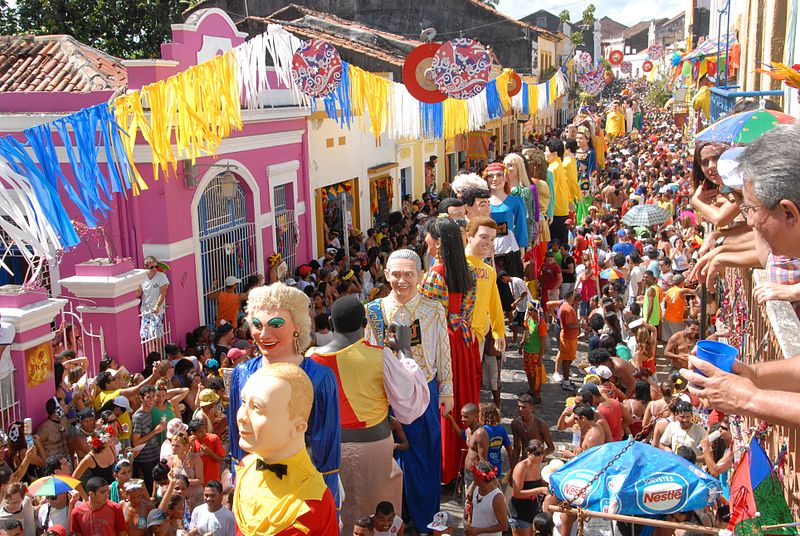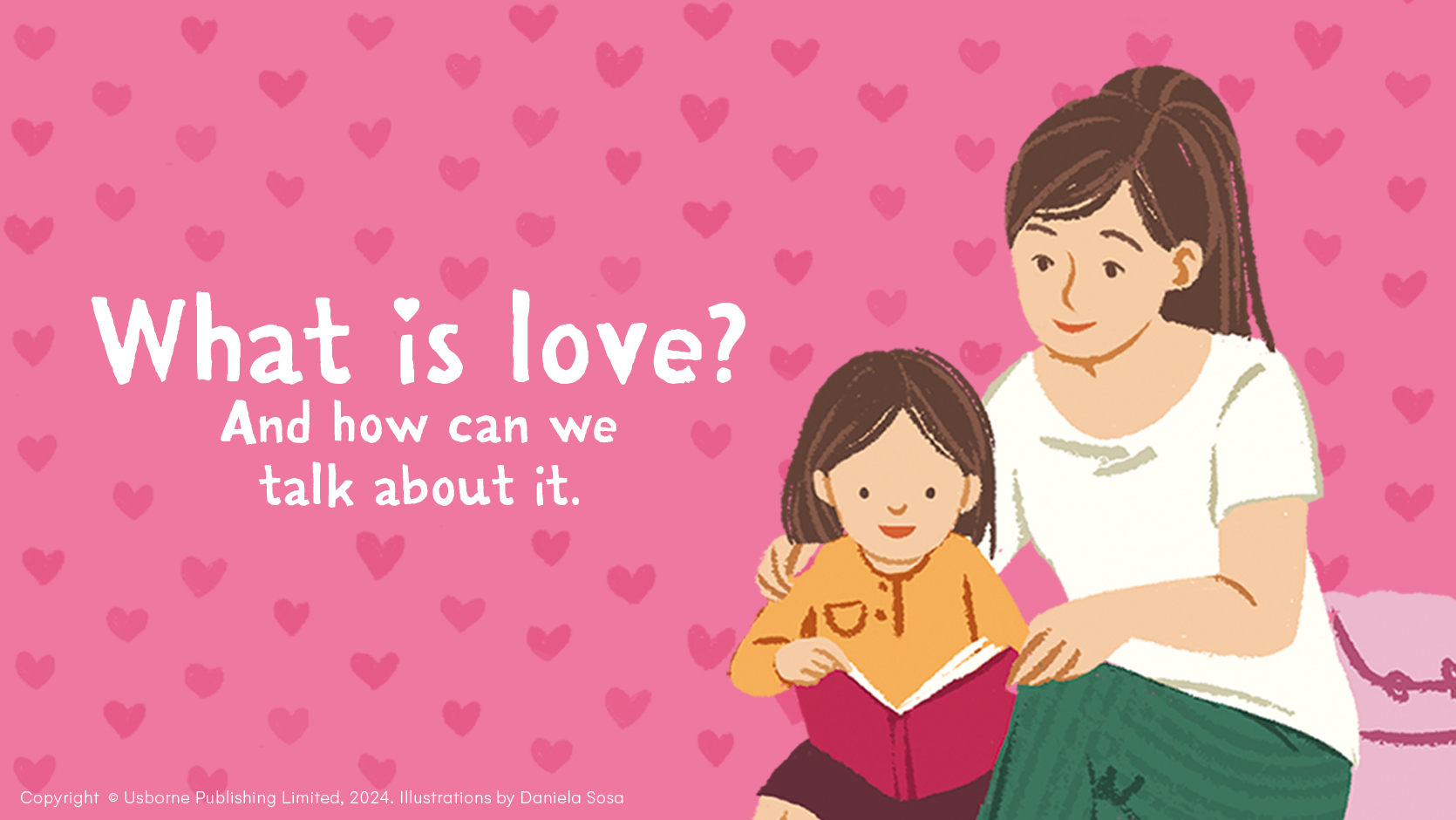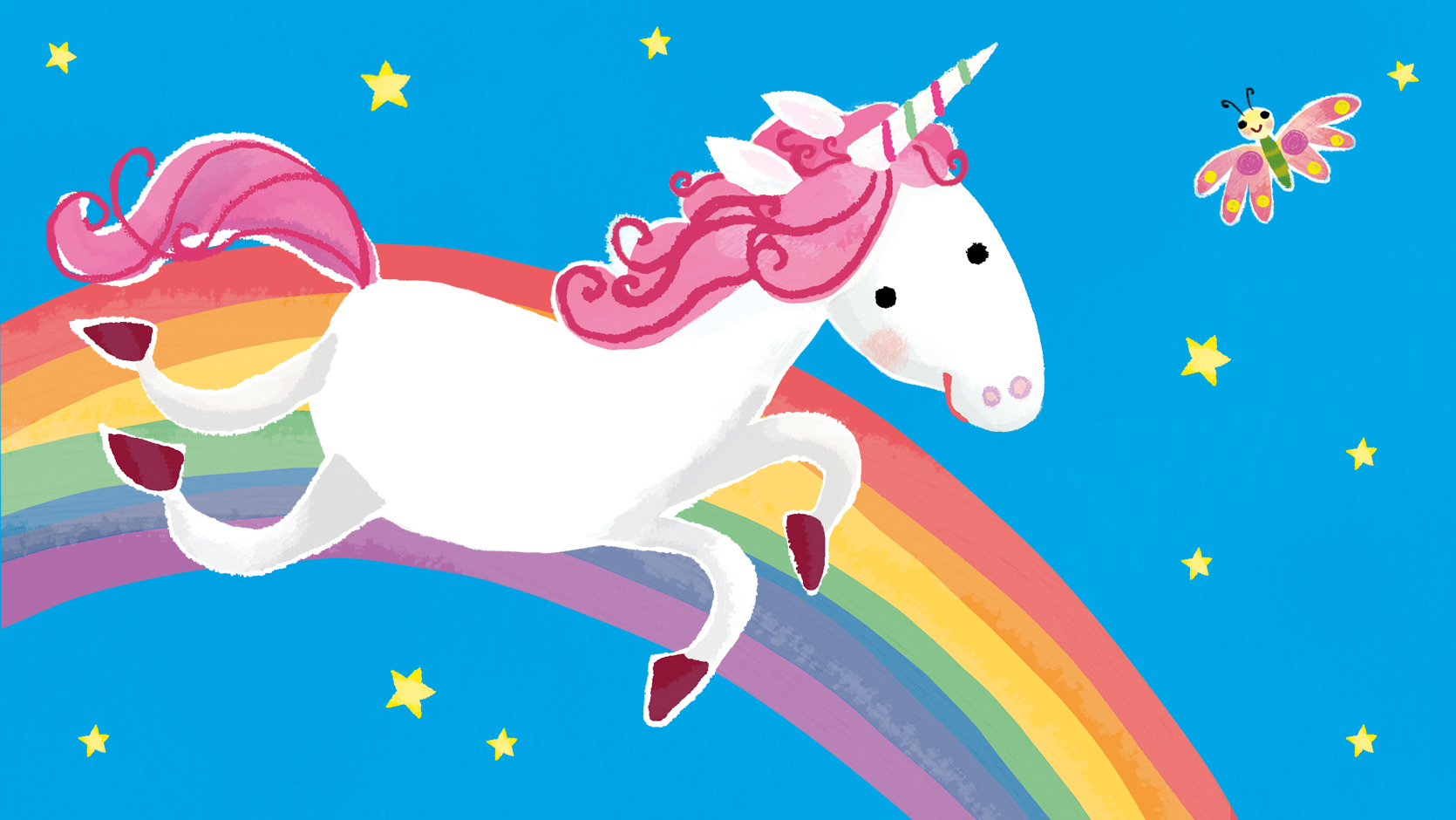- Behind the scenes at Usborne
Shrove Tuesday, Mardi Gras and carnival – what's it all about?

Shrove Tuesday, or Mardi Gras ('fat Tuesday') is the last day before the period Christians call Lent. Traditionally, during Lent, Christians are supposed to give up certain foods, including eggs, butter and fat. Pancake Day was a way of using up these ingredients before they were forbidden.
At Usborne, we have staff from many different countries and we asked them to tell us about their Lent traditions – many of which also involve exuberant carnivals.
Brazil
by Matilde Dos Santos – Brazilian Portuguese Production Editor
We have a saying in Brazil: you run to carnival or run away from it! During four days of the year, the country – especially the cities of Rio de Janeiro, São Paulo, Recife, Olinda and Salvador – is taken over by a huge party. So, if you live in one of them, and appreciate peace and quiet, you´ll definitely need to look for a hideaway. But if you enjoy a huge party, you’re sure to find it in many shapes and sizes...
Being such a vast country, and combining so many cultural backgrounds, the Brazilian carnival has a variety of styles, rhythms and traditions. In São Paulo and Rio – the most expensive carnivals – samba schools compete against each other and showcase their fantastic costumes. In Recife and Olinda, the rhythm is frevo. Dancers hold a colourful umbrella and their dance moves are nothing like samba. In Salvador, there is a nonstop party on the streets, with music cars followed by thousands of people. It is like a sea of people partying for four consecutive days and nights.
But I come from Florianopolis, an island in south of Brazil. Over there we have a relaxed carnival, where celebrations take place on the beach.

Giant dolls in the parade in Olinda, Brazil. Photo: Wikimedia Commons
The Netherlands
by Janneke Gilissen – Foreign Editions Designer
In the originally more Catholic south and east of the Netherlands, carnival is a BIG deal and is celebrated in schools and towns by dressing up in costumes, huge parties and parades with big and often silly floats. It’s a three-day celebration that officially starts on the Sunday six weeks before Easter Sunday and finishes at midnight before Lent starts.
The number 11 is seen as a ‘crazy number’ or the ‘number of fools’, so carnival preparations start on 11:11 AM of 11th November. Each town appoints their ‘Prince Carnival’ (nowadays also ‘Princess Carnival’). You can recognise the prince as he wears three big pheasant feathers on his bicorn hat. During the three official carnival days the town mayor hands Prince Carnival the key to the city and for three days the town is ruled by madness!
Carnival music is played on the radio and at parties – these songs are often intentionally bad but very easy to sing along and dance the conga to. (I would never recommend anyone listening to Dutch carnival music!) Also (weirdly), there is a traditional carnival greeting/exclamation/toast: Alaaf, which is only ever used during the carnival festivities.
Spain
by Julia Camara and Cristina Fernandez – Spanish Production Editors; and Sophie Thresher – Foreign Editions Digital Development Assistant
Just before Lent, you’ll find people wearing fancy dress all over Spain, especially on Martes de Carnaval (Shrove Tuesday) and Miércoles de Ceniza (Ash Wednesday) but the carnival experience varies depending on where in Spain you are. The two biggest carnivals are in Cádiz in Andalusia and Santa Cruz de Tenerife in the Canary Islands.
In Cadiz the carnival is defined by its music with different groups playing in plazas or on open air carts accompanied by guitars and lutes. Chirigotas, are officially recognised groups of musicians who wander the streets entertaining everyone with their funny songs. These groups satirize everything from pop stars to politicians with both their songs and costumes.
On the Canary Islands, the Carnival in Santa Cruz is world-famous for its exuberance and wildness and lasts for up to three weeks. It is perhaps the most like the infamous Carnival of Rio, with beauty pageants and contests of every sort including the crowning of the Queen of Carnival. Girls in outrageous, extraordinary costumes parade in dazzling dresses built with frames and sometimes even wheels as they can weigh up to 450 pounds!
In the Galicia region of Spain, carnival is known as Entroido. Food is, as always, a really important part of the celebration. One popular dish is filloas, which are extra thin crepes, in some areas traditionally flavoured with pig’s blood in order to use everything from the pig before Lent. Another sweet snack is orelhas (ears), which are thin slices of aniseed-flavoured dough deep fried in oil and folded over to look like ears.
All over Spain, carnival comes to an end with the Entierro de la Sardina tradition, celebrated the day before Lent begins. The ‘Burial of the Sardine’ is a parody of a funeral in which a large papier-mâché figure of a sardine is set aflame and burned to symbolically say farewell to life’s pleasures and the sad arrival of Lent. It is also typical that people dress up as mourning widows, and in certain areas the men dress as females and the women as males!
Germany
by Romy Schulz – Foreign Editions Designer
The carnival season in Germany, or Fastnacht, starts at 11:11 am on 11th November each year. However, the core festivities typically start on the Schmotziger Donnerstag, which is the last Thursday before Lent (which roughly translates to ‘Dirty Thursday’), and last until Tuesday night the following week.
The main events with huge parades take place on Monday and Tuesday, and last long into the night. There are two main carnival traditions: Swabian Fastnacht and the Rhineland carnival. The former features traditional costumes with scary heavy wooden masks and designs going back to pagan times, while the latter is rather political and tends to make fun of the establishment. Both have their own charms and the next day, people may eat traditional German doughnuts, called Fastnachtsküchle to recover from the excesses of the night before.
France
by Eleonore Souchon – French Production Editor
In France, we celebrate Mardi Gras eating crêpes or waffles and celebrating the carnival. In the south of France, people eat bugnes or oreillettes – small twisted ribbon-style beignets (fritters) made from a dough very much like a doughnut and coated in a sugar icing. There are many famous carnivals such as the Carnaval de Dunkerque, where musicians dress as fishermen, and Carnaval de Nice, where the floats are covered with flowers.
Italy
by Emanuela Guastella – Foreign Editions Production Editor
In Italy, carnival lasts for about a week and ends with Martedì Grasso (‘fat Tuesday’ or Shrove Tuesday). This would traditionally be the last chance to eat meat before the 40 days of Lent -the word Carnevale derives from the Latin Carnem (meat) and levare (remove). Different cities and regions have their own tradition, the most famous and stylish one being Venice, but other cities have carnivals with floats and parades, such as Viareggio.
During carnival people and children dress up, wear masks and throw confetti at each other. A favourite game is the pentolaccia (same as the Spanish Piñata): children wear a blindfold and have to find and break a container full of sweets.
The food eaten during carnival is...abundant, generally, and the main ingredient is pork. Cakes are normally variations on the fritters theme, which can take different names in each region.
Books to celebrate carnival
Create your own carnival scenes with these Sticker Dolly Dressing books, or try face painting some menacing monsters, beautiful butterflies and more.





